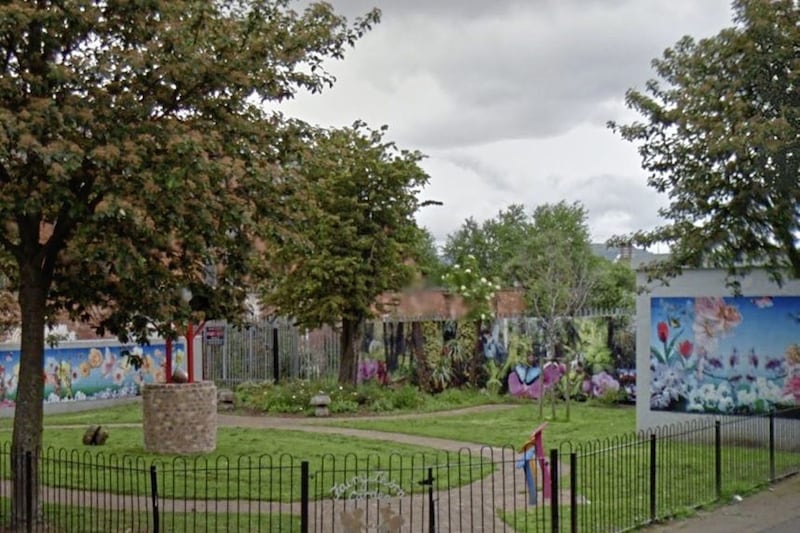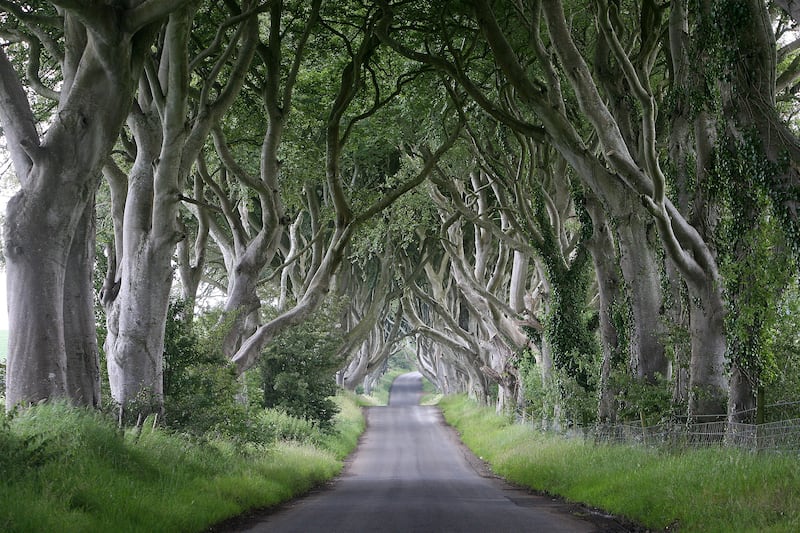ONE of the first stories I reported on more than 20 years ago as a trainee journalist was about a fallen tree.
It had been partially uprooted in a storm and was lying across a footpath and on to the road. Pedestrians had to step out on to the road to get past and even cars had to swerve into the opposite lane to avoid it.
It lay there for more than three weeks so I phoned government departments and the local council offices who all insisted that it was someone else’s problem.
Finally, I put the question: "Was the reason that the tree had not been moved because the workmen were afraid of being cursed by the fairies?"
Needless to say the response was met with bluster, derision and even contempt. But no-one could explain why a fairly routine operation to move a fallen tree that was clearly causing a hazard to pedestrians and motorists had still not taken place.
I went to look at the tree on a number of occasions. It was a hawthorn (known in many parts of Ireland as a fairy thorn) and while it was badly damaged it was still alive, part of its split trunk still rooted in the ground.
Superstitions about fairy thorns are deeply rooted in Ireland. My grandmother used to regale us with stories about the horrors that befell farmers and builders who cut down fairy thorns, usually entailing them being decapitated after the axe they were using to hack the tree hit a rock, bounced back and seemed to hang in mid-air before making the fatal cut, being torn apart by wild animals or meeting some other unexplained but gory end.
Even today if you drive down a country road you will inevitably come across a ploughed field with a lone hawthorn standing in the middle of it.
On a purely practical level trees are essential to human survival on this planet, turning carbon monoxide that mammals exhale into oxygen which we then breath in.
No trees, we all suffocate – yet this has not stopped humanity as a species decimating our forests and jungles. It is estimated that the equivalent of 50 football pitches of woodland are destroyed every minute.
Ireland is one of the most deforested countries in the world, with just 10 per cent of woodland, the second lowest coverage in Europe. When humans first arrived here around 10,000 years ago the island was a huge woodland broken only by loughs and mountains.
Despite the mass destruction, trees and forests still retain an archetypal significance for us. The superstitions surrounding the fairy thorn are just one manifestation. A walk in a forest, sitting under a tree or just looking at the leaves of an oak swaying in a breeze can be hugely restorative to a world-weary mind.
In the past three years I have planted around 200 native Irish trees, mostly in a small neglected field, trying to create my own woodland. Mountain ash, birch, alder, willow, apple, oak, Scots pine and a yew tree. Sapplings, that cost around 40p each and barely came past my knee are now as tall as I am and in a few more years will begin to reach maturity – though I may not be around to see the oak in their full glory.
I worked with the charity One Miliion Trees in One Day to secure more than half the sapplings and they are planning another tree-planting day in two weeks' time (February 20).
In my little, still fragile woodland, there are six hawthorns, and a curse on anyone who even thinks about trying to destroy them.
:: See onemilliontreesinoneday.com to find out more about their tree-planting programme.





